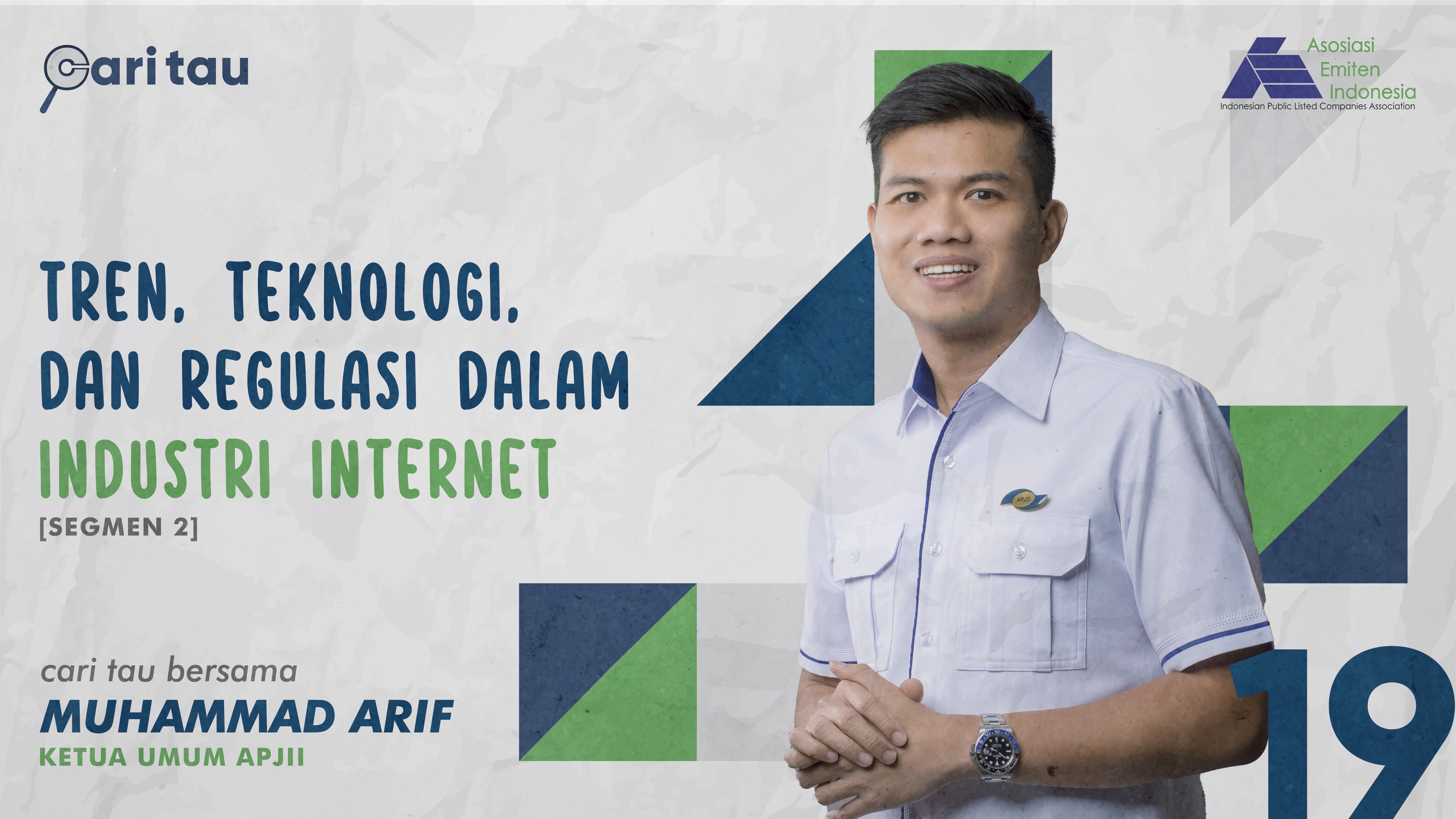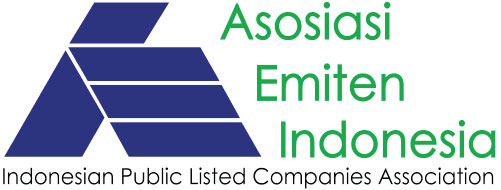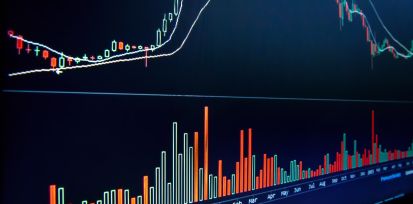
Challenges and Future of the Internet Industry in Indonesia: APJII Perspective
The internet industry in Indonesia continues to develop rapidly, but various challenges still lie ahead. In the latest discussion with the Indonesian Internet Service Providers Association (APJII), several main issues facing this industry emerged, ranging from regulations, price competition, to the existence of illegal internet.
Price Dynamics and Competition in the Internet Industry
One of the main problems facing the internet industry in Indonesia is price instability. As an industry that operates in a free market mechanism, internet prices fluctuate greatly. Absence floor price or the lowest price limit makes some organizers offer very low, even unreasonable, prices in order to win the market.
"Now someone is selling IDR 200,000, tomorrow IDR 150,000, then someone is selling IDR 100,000. This is like a never-ending story," said Arif, a representative from APJII.
As a result, even though prices are getting cheaper for consumers, internet service providers (ISPs) are having difficulty maintaining profit margins and investing in infrastructure. This also has an impact on service quality which is considered to be decreasing, with customer complaints regarding connection stability becoming more frequent.
Non-Uniform Regulations and Infrastructure Constraints
Another challenge is that regulations are still not uniform in various regions. Differences in regulations between one region and another make it difficult for ISPs to expand infrastructure.
"In Jakarta the rules are different, in Bekasi it's different, in Karawang it's different again. This is what makes it difficult for friends when they want to deploy fiber optic infrastructure," added Arif.
This condition causes infrastructure development to be uneven, so that internet access in remote areas is still lagging behind compared to big cities. Apart from that, high licensing costs are also a burden for the industry.
APJII hopes that there will be uniform national regulations so that the process of developing internet infrastructure can be carried out more efficiently and evenly throughout Indonesia.
Illegal Internet: A Threat to Industry
The existence of illegal internet service providers is also a major concern. From approx 1,200 legal internet service providers, there are still many illegal actors operating without permits and selling services at prices far below standard.
Illegal ISPs often deploy infrastructure without permission and use frequencies haphazardly. Apart from being detrimental to official service providers, their existence also endangers customers because the services provided do not have security and quality guarantees.
As a concrete step, APJII together with the Ministry of Communication and Information (Kominfo) plans to intensify it education campaign and call center reporting illegal ISPs. In this way, people are expected to be more aware of choosing an official and registered internet service provider.
Digital Transformation and Future Technology Challenges
Indonesia has a target digital economic growth of 8% per year. To achieve this, adequate internet infrastructure is the main key.
“What's the point of talking about digitalization if the infrastructure is not yet mature?” Arif stressed.
Technological developments such as artificial intelligence (AI), Internet of Things (IoT), and 5G networks requires a reliable and fast connection. Unfortunately, current infrastructure still faces many obstacles, both in terms of regulation and investment.
In addition, emergence satellite-based internet technology such as Starlink is also a challenge for local industry. Several countries, including China, have started to launch similar services. Indonesia needs to determine the best strategy, whether to build its own ecosystem or collaborate with global companies.
Full Podcast Video: TRENDS, TECHNOLOGY AND REGULATIONS IN THE INTERNET INDUSTRY
Challenges and Opportunities of the Internet Industry in Indonesia
The Impact of Price Competition on Internet Service Quality
Internet Regulation in Indonesia: Obstacles and Solutions
The Threat of Illegal Internet and Efforts to Overcome It
The Future of Digital Transformation and Internet Infrastructure
The Role of APJII in Equalizing Internet Access in Indonesia
5G Technology and Satellite Internet: Opportunities or Threats?
Strategy for Strengthening Regulation to Improve National Connectivity




 Back to Home
Back to Home







